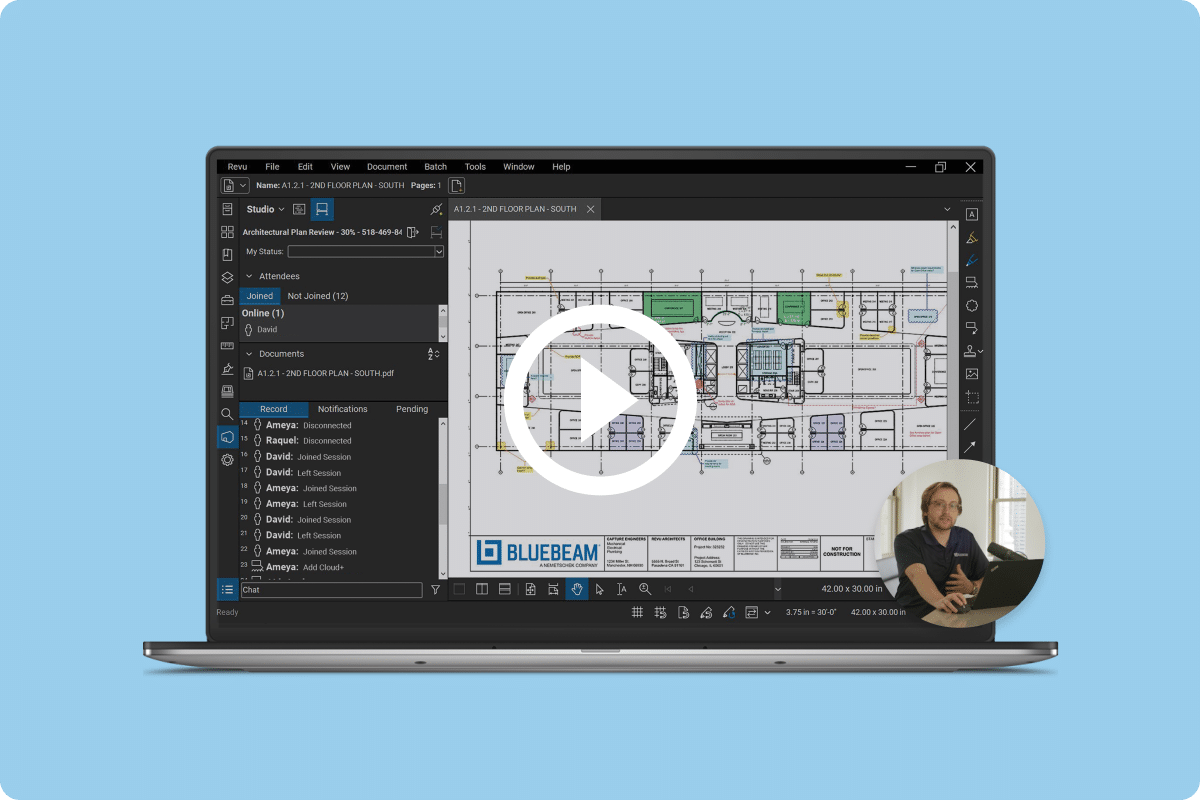In late 2022, Steinbach, Manitoba, approved construction for Southeast Event Centre, an approximately 50,000-square-foot mixed-use facility that, when completed in late 2024, will serve as a community venue for everything from concerts and ice sports to tradeshows and ceremonies.
In addition to its main venue space, which will seat as many as 4,000 people and can serve as an ice hockey arena, concert hall or tradeshow exhibit floor, the $74.3 million project will also include a multi-use hall for basketball, volleyball and pickleball, as well as an atrium for large public gatherings and a walking track.
The facility, in downtown Steinbach, the third-largest city in Manitoba that is about an hour drive southeast of Winnipeg, will replace former ice hockey venue Centennial Arena and connect to an existing community plaza that features T.G. Smith Arena, Steinbach Curling Club and Keystone Theatre.

Breaking ground
The city unanimously awarded Graham Construction the general contractor bid for the Southeast Event Centre in November 2022, making it responsible for managing and facilitating the thousands of plan documents from the project’s architecture and engineering partners to its subcontractors and workers out in the field.
Using digital markup and collaboration technology on its projects is nothing new for Graham, so when it earned the bid to build Southeast Event Centre it was up to the task of facilitating the troves of documents that would be required to complete the project.
A Bluebeam user since 2016, Graham has a centralized information technology (IT) department responsible for vetting, coordinating and equipping its teams across Canada and the United States with whatever technology or software integrations are needed to get the job done.
On Southeast Event Centre, the project document control team uses two primary software tools to manage the project: Bluebeam, which it uses for a bevy of PDF markup and collaboration functions, and InEight Documents, which serves as the team’s primary document storage and management tool.
The purpose-built integration between the two tools is something Graham says has been paramount to its work on the project.
“Each software matches well together,” said Adrian Ramos, project coordinator at Graham, “and it’s easy to add files from Bluebeam to InEight.”
Efficiency gaining features
When it comes to its use of Bluebeam, Graham over time has discovered several features that it says make its teams more efficient and accurate in its work on Southeast Event Centre.
“At the end of the day, [Bluebeam] understands our business. They understand where Bluebeam fits and maybe where Bluebeam doesn’t fit, and how Bluebeam integrates in with the other tools and services that we are using.”
Nick Turvey
Director of IT Services
Graham Construction
Among the Bluebeam features that have become most valuable are:
– Simple PDF markups: With Bluebeam as its main PDF viewing and markup software, Graham has been able to clearly communicate, edit, adjust or clarify changes in shop drawings to all project stakeholders on Southeast Event Centre.
– Sketching: In some instances, Graham says it will use Bluebeam to create detailed drawings from scratch to show intent or other building principles to workers in the field.
– Scaling and measurement: To pinpoint or express the general size of a room or space, Graham will use Bluebeam’s scaling feature, which it adds has been essential to making document clarifications to field workers.
– Quantity takeoffs: For accurate estimation, Graham uses this feature to convey potential area measurements for different parts of the project.
– Signatures and stamping: To show adequate approvals and ultimately standardize markups into a flattened PDF; Graham lauded Bluebeam’s functionality in these areas.
– Markups List: Graham frequently refers to this comprehensive list of recorded markups to see who is responsible for each revision, allowing the team to have a single source of truth and official record of every approval.
– Count: The counting feature in the Bluebeam Tool Chest has been invaluable for Graham in situations when a team member needs to quantify the number of items in a specific drawing without having to manually calculate; simply point and click each item and the count tool does it for them.
– Combining and extracting files, bookmarks: Finally, these features within Bluebeam have made it easy for Graham to manipulate files and save locations for crucial information within project documents for the Southeast Event Centre.
“We use [Bluebeam] quite frequently,” said Andrew Coleman, a Graham project manager. “Marking up drawings, making sure that we’re adding comments and highlighting lines just to make the drawings a little clearer.”
Intuitive to learn
Another advantage to using Bluebeam, according to Graham, comes from its intuitive nature and ease of use when training new users.
Unlike other construction management software that may take more time to learn when a new user comes onto a project, Graham says Bluebeam is a tool most people can pick up on their own while using it for official project tasks.
This helps Graham keep work on Southeast Event Centre running smoothly over its targeted 18- to 24-month construction timeline, as the team may bring on new workers or stakeholders to collaborate or work off of the project’s PDF documents during that time.
“It’s just easy to use,” Coleman said. “I think it’s really intuitive as well. That’s really important for when you’ve got new people coming on. It’s not too difficult to get a handle on how to use Bluebeam.”
Strategic partner
Finally, Graham says its ease of use when working with Bluebeam extends beyond the software itself. When it comes to technical support, possible integrations or other potential issues at the organizational IT level, Graham says Bluebeam acts as a true partner, providing a level of white glove service in its communication and collaboration that is different from other technology providers.
“At the end of the day, [Bluebeam] understands our business,” said Nick Turvey, Graham’s director of IT services. “They understand where Bluebeam fits and maybe where Bluebeam doesn’t fit, and how Bluebeam integrates in with the other tools and services that we are using.”





